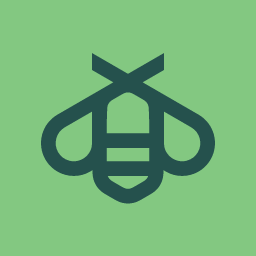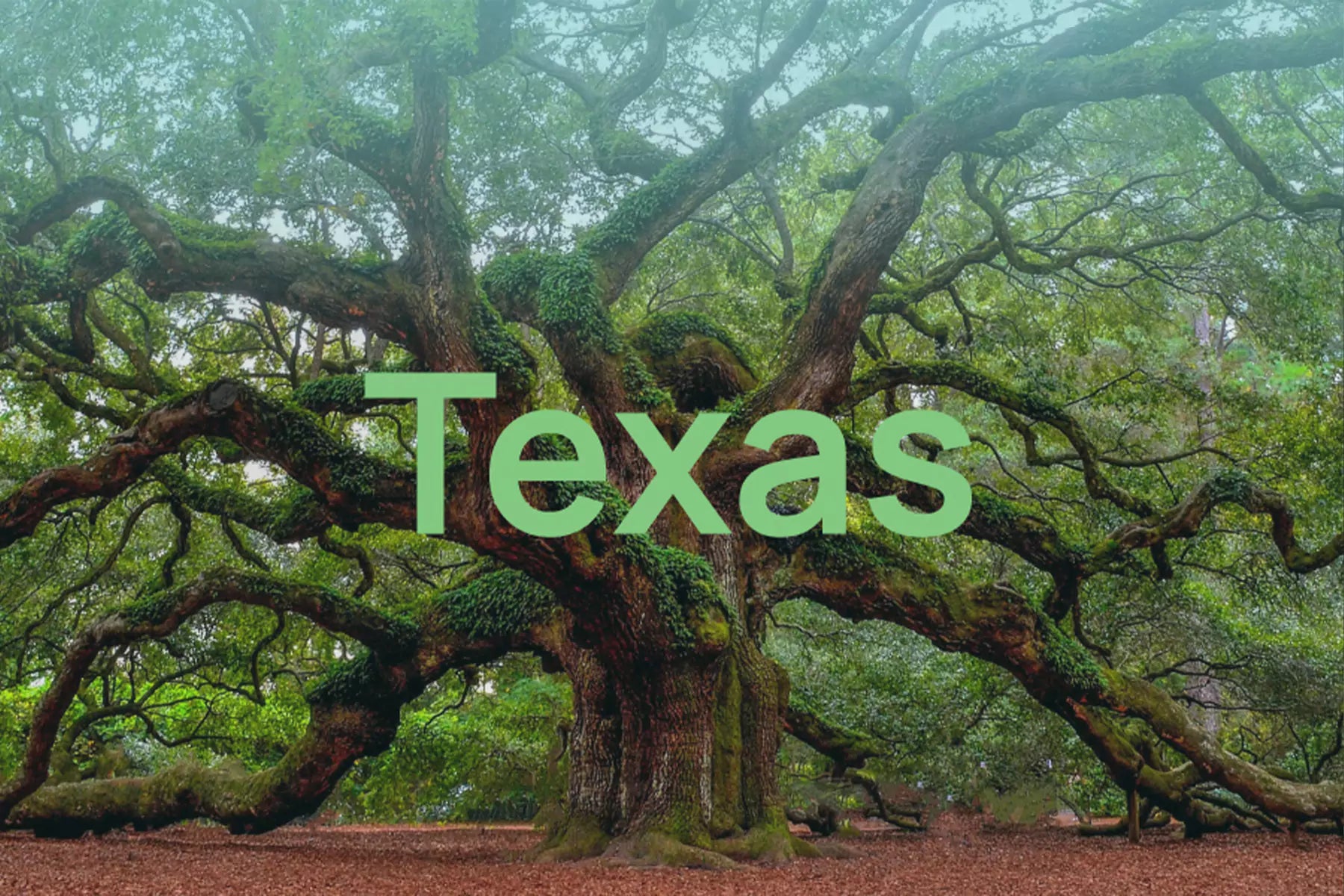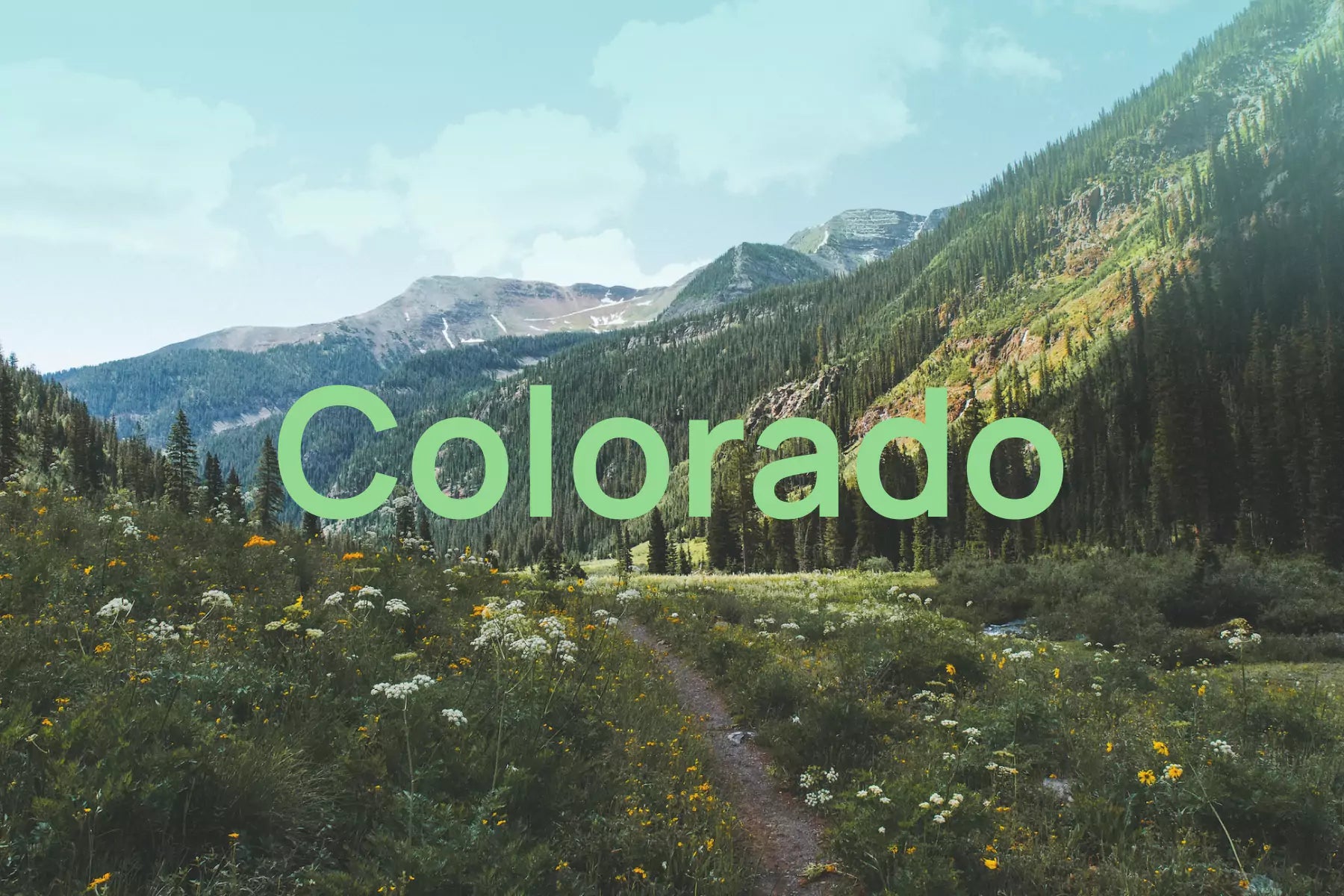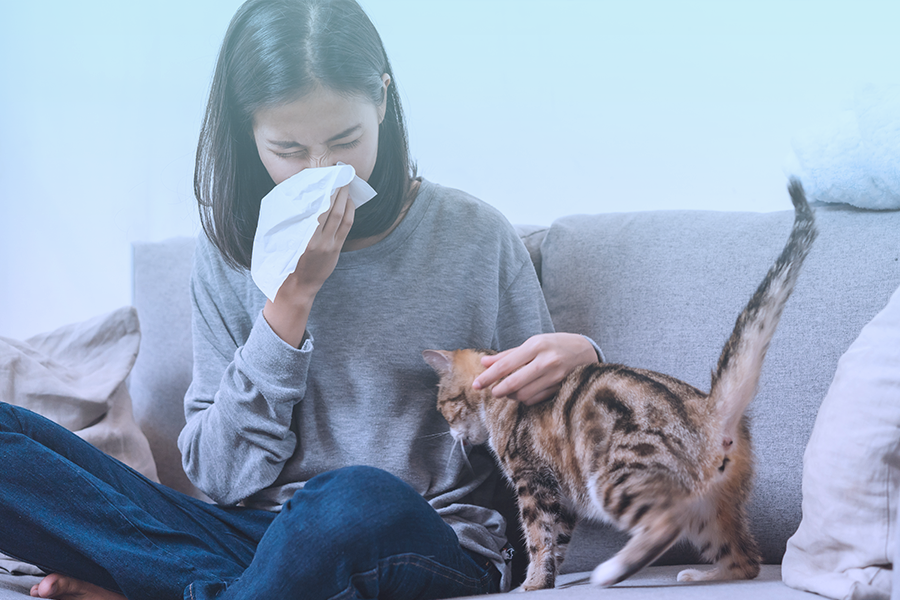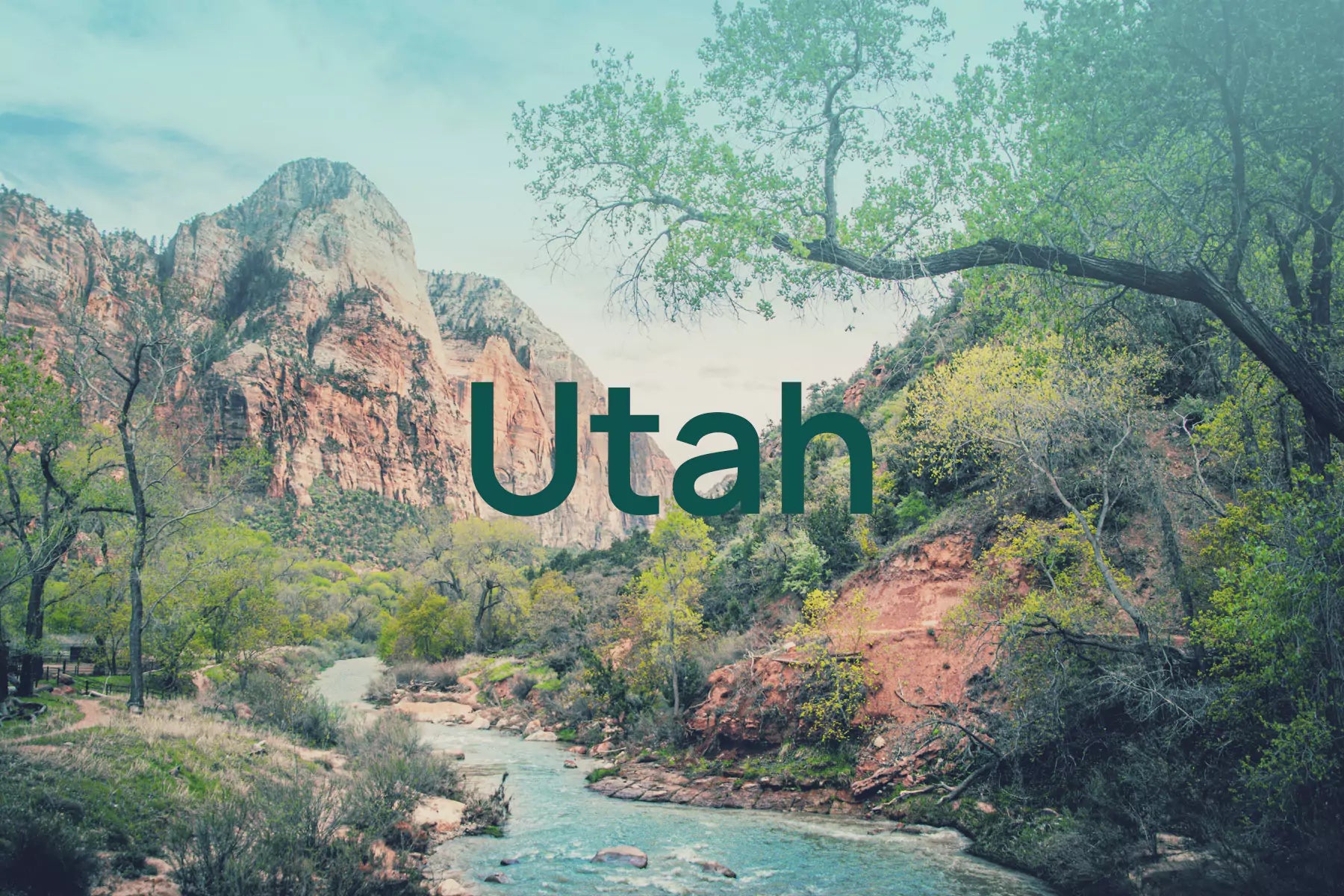
Everything You Need to Know About Utah Allergy Season
Allergy season in Utah can be especially challenging. When symptoms hit, many people scramble for fast relief. Discover how to better control your seasonal allergies with consistent, effective solutions.
If you’re an allergy sufferer, Utah’s nickname may give you pause. After all, the “Beehive State” denotes lots of buzzing bees, and with them, a pesky allergen we all know, called pollen. While the state’s nickname is a bit of a misrepresentation (the state is not teeming with beehives), seasonal allergies are certainly an issue.
With three physiographic region types, from basins to plateaus to mountains, Utah may present unique challenges for allergy sufferers.
Fortunately, there are always ways to treat your seasonal allergies in Utah. Whether it’s common preventative measures or sublingual immunotherapy, you can potentially overcome the worst of the worst, from tree pollen to mold spores, pet dander, and more.
Let’s take a detailed look at Utah’s allergy season(s) and what you can do to weather the storm!
Utah Allergy Season In A Nutshell
The state of Utah has built up quite a reputation for being a winter haven. Every season, residents and tourists partake in numerous snowy excursions, whether snowboarding down modest slopes or hitting the skis in some truly treacherous conditions. What a lot of people don’t know, however, is that Utah’s alpine offerings are only a small part of its appeal. Aside from that cold, pristine white, Utah also has three other very distinct seasons, and in total, four distinct Utah allergy seasons.
Utah’s Allergy Seasons Vary By Climate
Most environmental allergies are caused by the prevalence of pollen, which stems from three main sources: trees, weeds, and grasses. However, the frequency and severity of these pollination cycles change a lot by season. If you’re clogged and congested one month and feeling light and airy the next, it could be because you’re susceptible to certain allergens.
Of course, like many states, Utah’s allergy season follows a fairly predictable pattern. Tree pollen begins in February and ends in May, grass pollen peaks in May, June, and July, and weed pollen crops up in July before dissipating with the onset of frost.
Fun Fact:
Utah is considered the second driest state in the country and has three distinct climates. Depending on where you live, you will experience arid, sub-humid, or humid conditions. These conditions vary across the three climate regions, each of which covers an equal portion of Utah’s landmass.
Overall, “Utah’s allergy season” can be tracked based on seasonal climate shifts across the state. You can generally expect Utah summers to be hot (or even scorching), fall to be comfortable with temperature drops in November, winters to be cold and snowy, and spring to be favorably warm.
How Seasonal Allergies in Utah Change With the Climate
We mentioned briefly what to expect during allergy seasons in Utah, but the truth is, there is a lot of variation within each month and season, depending on your location. Perhaps the best way to conceptualize that variation is by looking at temperature ranges across Utah’s allergy seasons.
Utah’s Summer Allergy Season
Notoriously hot and arid, Utah’s summer season reaches peak temperatures in July, with max average temperatures right around 91°F. Of course, if you’re around the Great Salt Lake Desert, you can easily expect temps to hit 100°F. Tornadoes and thunderstorms are not uncommon during these months, and you’ll find significant temperature drops by night, especially around the mountains.
In June, the minimum average temperature is 54°F, and in the mountainous regions, the range can be anywhere from under 40°F to over 65°F. When daytime returns and you’re feeling hot and covered in pollen, you can always cool off at the Great Lake.
Fall Allergy Season in Utah
As itchy eyes and scratchy throats from the summer grass pollen fade, you have ragweed to look forward to! Overall, the Utah fall allergy season is very mild, in terms of temperature. However, the range is quite large, with higher elevations experiencing closer to 60°F and lower, desert conditions bringing temps over 90°F still. If you prefer comfortable, cool temperatures in autumn, you’ll experience them in September, where the maximum average is just a tick under 80°F and the minimum average is just over 50°F.
By November, the weed pollen allergies begin fading fast as temperatures take a rather precipitous drop. In fact, the average max temperature in Utah in November is around 48°F, a 30° drop from September. Depending on your location and elevation, you can expect chilly temperatures to get as low as 16°F.
Allergy Season During Utah’s Winter
Ready for single-digit temperatures and indoor allergens like mold, dust, dander, and - yes - cockroaches? As your typical environmental pollen allergies end in January, you can expect to start huddling up by the fireplace! With mean temperatures ranging from 30°F to 55°F, expect to see hard frost and snowfall, except at lower elevations like Zion National Park.
Extremely unforgiving arctic weather is certainly possible higher up in the mountains. Although the temps will sometimes get below 0 °F, the average minimum ranges from 19°F to 22°F throughout the three winter months, with each month seeing about one week of snowfall.
Spring Allergy Season in Utah
By this point, tree pollen has already been going since February, so if you’re susceptible, your seasonal allergies are hitting full swing. Fortunately, Utah’s spring allergy season also ushers in nice, comfortable temperatures ranging from 37°F to 62°F. With very favorable weather, you can go for brisk walks or even lounge in the sun during May (assuming no thunderstorms).
With max average temperatures of 49°F, 58°F, and 68°F, in March, April, and May, respectively, it’s all about timing. If you fancy it a little cooler, go out early in the morning or at night and you’ll find the minimum average anywhere from 29°F to 44°F depending on the month. Just be wary, grass pollen starts becoming prominent in May.
The Worst Places for Allergies in Utah
Now that we’ve covered seasonal climate characteristics, let's go into the precise allergens that may affect you during these periods. If you’re worried about specific triggers during Utah allergy season, it all varies based on your vulnerabilities, location, and other (often uncontrollable) environmental factors. Like many mountain states in the U.S., Utah is home to countless species of grass, trees, and weeds that are allergenic.
The following regions of Utah contain various of these species, causing seasonal allergies in many residents and visitors. Depending on the month and season, it’s a good idea to know what you may be exposed to.
Seasonal Allergens Across the Four Major Regions
As previously discussed, Utah is home to a multitude of diverse landmarks, climate characteristics, and physiographic areas. From the arid desert to the cold-cloudy peaks, you can seemingly have it all. If you're wondering what is triggering your seasonal allergies in Utah, there could be many culprits.
The four major regions/provinces of Utah include:
- Great Basin - Comprising numerous smaller basins, this geographic region or province takes up almost half of Utah’s area. It is known for its countless pine trees, deep wilderness and animal life, and unique rock formations. If you’re in this area, it’s a good idea to exercise caution during Utah’s allergy seasons.
- Salt Lake - Crossing five counties in northern Utah, the Great Salt Lake is the namesake for this area. The biggest and most famous city in Utah, Salt Lake City also calls this unique geographic region home. With cold winters, hot summers, and relatively wet springs and falls, this area is known to stir up more than an allergen or two.
- Colorado Plateau - This high-desert region spans multiple states and contains several, scattered forested areas. Flanked by various mountain ranges and characterized by significant temperature differences, its complex climate factors make this province particularly problematic for some allergy sufferers.
- Mojave Desert - Covering mostly Arizona, Nevada, and California, this large ecological region is slightly cooler than the Colorado Plateau Province. With roughly 20 million acres, the Mojave Desert is generally warm, without the precipitous temperature drops of cold-temperature deserts during the winter. At its driest, the area’s lack of moisture can make it harder for you to secrete allergens like pollen.
According to the USDA Plants Database, here are common tree, weed, and grass allergens that can be found across these four major regions of Utah:
<style>
.my-class {
overflow: auto;
width: 100%;
}
.my-class table {
border: 1px solid #DEDEDF;
height: 100%;
width: 100%;
table-layout: fixed;
border-collapse: collapse;
border-spacing: 1px;
text-align: left;
}
.my-class caption {
caption-side: top;
text-align: left;
}
.my-class th {
border: 1px solid #DEDEDF;
background-color: #ECEFF1;
color: #000000;
padding: 5px;
}
.my-class td {
border: 1px solid #DEDEDF;
background-color: #FFFFFF;
color: #000000;
padding: 5px;
}
</style>
<div class="my-class" role="region" tabindex="0">
<table>
<thead>
<tr>
<th>Sources of Tree Pollen</th>
<th>Sources of Weed Pollen</th>
<th>Sources of Grass Pollen</th>
</tr>
</thead>
<tbody>
<tr>
<td>Birch</td>
<td>Canada Blue</td>
<td>Yellow Dock</td>
</tr>
<tr>
<td>Ash</td>
<td>Smooth Brome</td>
<td>Red Sorrel</td>
</tr>
<tr>
<td>Aspen</td>
<td>Meadow Fesque</td>
<td>False Ragweed</td>
</tr>
<tr>
<td>Fremont Cottonwood</td>
<td>Perennial Rye</td>
<td>Prairie Sagebrush</td>
</tr>
<tr>
<td>Box Elder</td>
<td>Redtop</td>
<td>Wingscale</td>
</tr>
<tr>
<td>White Mulberry</td>
<td>Timothy</td>
<td>Kochia</td>
</tr>
<tr>
<td>Rocky Mountain Juniper</td>
<td>Western Wheatgrass</td>
<td>English Plantain</td>
</tr>
<tbody>
</table>
It should be noted that these are only some of the many species of grasses, trees, and weeds native and invasive to Utah. Given increasing allergy trends, the lists of allergenic plant species are likely to change year over year. If you’re susceptible to allergies and need help preventing or relieving symptoms, it’s a good idea to know what’s triggering your issues.
How Does Utah Allergy Season Measure Up?
Utah’s allergy season is, once again, complicated by the state’s numerous climatological factors. You must also consider your own unique sensitivities, your exposure, and other variables affecting weather and pollination, such as industrial pollution and greenhouse gas emissions.
Let us not forget, too, that allergens are more than merely pollen grains. When colder months come, and we congregate indoors, heating systems can irritate our skin and lungs, exacerbating the spread of mold spores, dust, and pet dander.
If you’re wondering where Utah stacks up compared to other states in terms of seasonal allergies, The Allergy and Asthma Foundation of America has you covered. According to the nonprofit’s latest 2023 data, Utah has three cities ranking in the top 100 cities for either tree pollen, weed pollen, or grass pollen. These cities include Salt Lake City, Ogden, and Provo, which all score an overall designation of “Better Than Average.”
So if you’re stressed about seasonal allergies in Utah, you may be able to relax a little. But not too much, because every body is different!
Don’t Let Utah’s Allergy Seasons Bring You Down
It can be easy to sit back on your laurels and assume everything will be fine. After all, it’s just a matter of limiting exposure or popping some Benadryl or other over-the-counter medication, right?
Not so fast.
While medications like decongestants, antihistamines, and corticosteroids may have their usefulness, these common ‘solutions’ are only short-lasting. Besides, why spend the time running to the drugstore when allergies kick in? Wouldn’t you rather not have to deal with the issue in the first place?
Embrace a New Approach to Symptom Relief
Whether you’re all dried up in the Colorado Plateau with pollen in your lungs, feeling all wet and moldy in Salt Lake City, or coughing up a storm in your cabin from all the dust, effective treatment is key.
Allergy drops may be able to help.
With a simple at-home test, you can send in your blood sample and have sublingual drops tailored to your precise immunological needs.
**Note: Allergy drops do not work for everyone, and are not recommended for certain individuals. Consult your healthcare provider about your sensitivities for a personalized treatment plan that works.

FAQ
How Do I Know If Utah’s Allergy Season Is Affecting Me?
Because allergy symptoms may overlap with other symptoms from other illnesses, you should remain vigilant. Are your symptoms occurring during certain periods of the day? Are you outside or inside? What’s the climate like? What month or season is it? Is the pollen count high? Do you have dust, pets, or watery areas in your home? All of these factors may play a role in your allergies.
What Does An Allergic Reaction Feel Like?
Allergic reactions occur when your immune system overreacts to foreign substances that are otherwise relatively harmless. While the severity and duration of allergic reactions can vary significantly, common allergy symptoms include runny nose, headaches, scratchy throat, itchy eyes, coughing, sneezing, and congestion. In more severe cases, you may experience hives, difficulty breathing, vomiting, and fainting.
What’s The Easiest Way to Treat Seasonal Allergies?
While there are many over-the-counter medicines to address symptoms of seasonal allergies, most offer just short-term benefits. After the medication has worn off, your symptoms may return, sometimes worse than before. If you want to truly target the precise allergens causing your allergies, you should use an at-home allergy test. From there, you can send in your sample and have a treatment program tailored to your immune system.
How Do I Know Allergy Drops Will Actually Work?
If you have any questions, our allergy specialists are highly trained and have exactly the answers you’re seeking. When it comes to sublingual allergy drops, you can rest assured that your immunotherapy is tailored for you and only you. Using an antigen-specific process, we test your blood for a particular antibody in response to particular allergens. Ask your healthcare provider if allergy drops are right for you.
What Kind of Results Can I Expect?
Although allergy drops are not recommended for everyone, many of our patients have reported becoming completely allergy-free after completing 4 years of using allergy drops. Painless and hassle-free, all you have to do is remember to take them. As time goes on, your body learns to tolerate particular allergens instead of overreacting to them. In the end, you may never even notice if you’re exposed or not because you’ll be asymptomatic!

Overcome your allergies at home with our doctor-led therapy.
Get started with our free allergy test kitGet Started with no test needed.
Overcome your allergies at home with our doctor-led therapy.
Get started with our free allergy test kitGet Started with no test needed.
